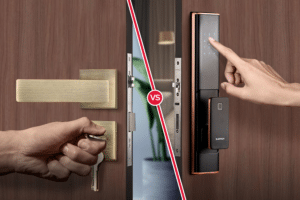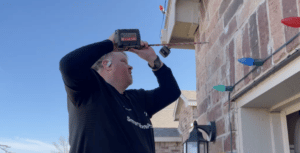Residential burglary statistics are eye-opening. Nationwide, an average of 20 in 1,000 homes were burglarized in 2017.1 Considering the millions of homes all across America, that’s a lot of burglaries.
But burglars don’t target every single home.
Instead, they look for a very specific set of conditions before settling on a target. And you don’t have to get stuck wondering if a burglar will target you.
With home security and a little know-how, you don’t have to be a home burglary statistic. You can turn your home into a safe haven that burglars won’t even want to bother with.
Let’s peek inside a window into the mind of a burglar. We’ll explore who’s the most likely target, what burglars look for, how they happen, and more.
Common characteristics of a home burglar
What does a typical burglar look like? A burglar is most likely male and under the age of 254. The two main motivating factors are money and drug use. A burglar may be a professional criminal, an amateur, or somewhere in between.2
Professional burglars—those who support themselves entirely by selling what they steal—tend to look at a target home and the people who live there closely before committing the crime. Often, they’ll investigate the property several days in advance to see if the home is a good candidate.
On the other hand, amateur, opportunist burglars are more likely to make their move immediately after deciding on a property.2
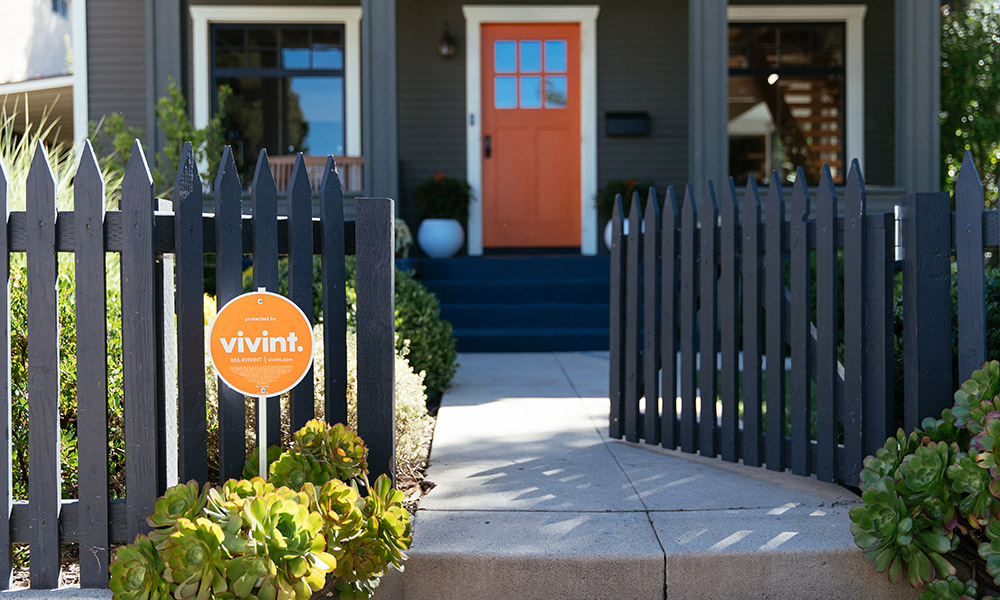
How burglars choose a mark
The things burglars look for when choosing a house are fairly uniform, regardless of experience.
Burglars look for a property that promises to be worth the effort. They’re hoping for the maximum profit from their theft with the least amount of work.
When looking at properties, burglars usually look for homes that appear to have valuables on site and where nobody is home. They also look for homes with concealed access points and plenty of places to hide.
Below are a few of the indications they may look for:2,3
- Nobody is home
- Wealthier neighborhoods
- A tall fence
- Homes in the middle of the block, as opposed to corner lots
- Overgrown shrubs and trees that conceal doors or windows
- Expensive cars
- The absence of a security system, especially security cameras
How to avoid being the target of a burglary
To avoid a burglary, make sure you have deterrents in place so your home isn’t an easy target. Here’s a closer look at what burglars try to avoid, according to a survey of inmates convicted of burglary:3
- Large, aggressive dogs are a turn-off for most. Some burglars, however, rarely have trouble dealing with animals so long as they remain calm and brought something for the dog to eat. Small dogs and other small pets are rarely a concern. “Beware of dog” signs make most burglars hesitate.
- Video cameras make burglars think twice, and a wireless system can be an immediate deal-breaker.
- Active neighbors may also signal to burglars to potentially move on to another neighborhood.
- Lights on in the home deter some, but others recognize it as a decoy if there are no other signs that people are home.
- Solid-core wood doors and heavy-duty metal doors mean breaking into that residence may be more difficult.
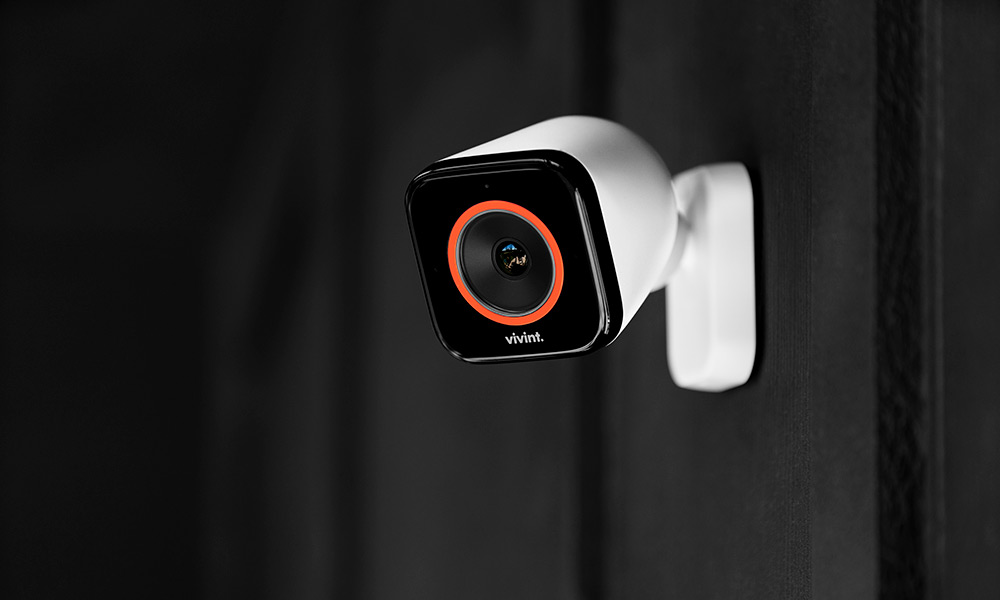
As for what burglars want to see when checking a house, they look for a property that has easy access to enter and exit without being seen. Here are some of the other things they look for:
- Unlocked windows and doors, open windows, doggy doors, and open garages are all signs a home may be easy to enter.
- Hidden keys near the front or back doors that are easy to find (under door mats or rocks, for example) also make homes easy to burglarize.
- Hedges, trees, fences, and other objects that hide major points of entry are promising features for burglars, as it makes them harder to be seen while they are checking the house or breaking in.
- Doors with windows in them provide a way to look into the home to check for people or valuables before breaking in.
- Weak, flimsy doors don’t tend to stop burglars, who are more likely to kick a door in or pry it open than to pick a lock.2
Nothing deters a burglar more than the appearance of people in the home
Above all, burglars look for a house with nobody home. They typically approach a property (both to survey the location and to commit the crime) during the day, between 10 a.m. and 3 p.m., when people are most likely to be out of the home.4
From there, any sign there are people in the home is a deal-breaker:
- TV or radio noise is a serious deterrent for most thieves
- Lights on in the home
- A car in the driveway is usually a good sign someone is home
On the other hand, signs that residents are away and homes are unoccupied are promising:
- An overgrown lawn might be a sign people are out of town on vacation
- Accumulated mail and newspapers
- Un-shoveled snow
- Trash cans left on the curb
- Trash cans with no trash in them
Professional burglars often go as far as watching a house for several days to learn a family’s schedule.
And virtually every burglar knocks3 on the front door or rings the doorbell before searching the premises or breaking in.
In the event someone is home, and someone answers the door, burglars stick to rehearsed phrases, including:
- “Have you seen my dog?”
- “Tell Richard I’m here.”
- “Sorry, wrong address.”
- “Are you the one who posted the Craigslist ad?”
One ambitious burglar said they printed off a random survey and carried a clipboard, asking residents to answer a few questions if anyone came to the door.3 Most burglars agree they will leave the neighborhood after coming face-to-face with a resident.
Once a burglar determines a home is a good candidate and nobody is home, it is time to get inside.
But if your home is armed with a security system and smart home technology, a burglar will likely move on long before reaching this point.
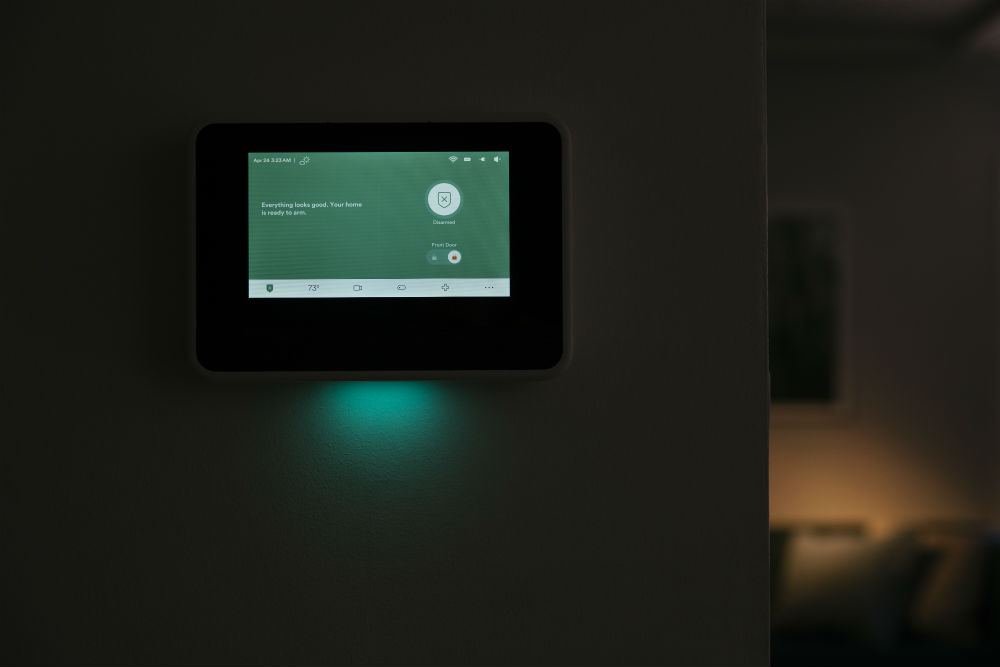
How a Vivint system keeps you safe
From experienced thieves to opportunists, burglars prefer the easy score. So the best way to prevent a break in is to show them you’ve taken steps to defend your home.
A Vivint system is a great way to show would-be burglars you mean business.
- For example, outdoor cameras are known deterrents to burglars. And with Vivint, you can view your live camera feed on your mobile device from wherever you are.
- A doorbell camera lets you take a good look at someone who could potentially be staking your property for a burglary, even when you’re away. The camera begins recording when it detects movement, even if someone doesn’t ring the doorbell. You can even view movement when it’s dark.
- Smart locks are integrated with your security system so you can remotely lock or unlock any smart lock with Vivint.
- In fact, your custom Vivint security system is a fine-tuned to prevent burglaries. That’s because Vivint’s award-winning 24/7 professional monitoring service means we have your back, even when you’re away from home. This way, no matter where you are, you can rest easy knowing your home is safe.
Protect your family with a custom Vivint security system. Give Vivint East Dallas a call at 214.842.6468 for a free quote.
Sources:
- https://www.bjs.gov/index.cfm?ty=pbdetail&iid=6466
- https://news.uncc.edu/news-events/news-releases/study-provides-insights-habits-and-motivations-burglars
- https://www.ktvb.com/article/news/crime/we-asked-86-burglars-how-they-broke-into-homes/277-344333696
- http://www.jsu.edu/police/docs/Schoolsafety.pdf?kbid=62750




